kendal murray
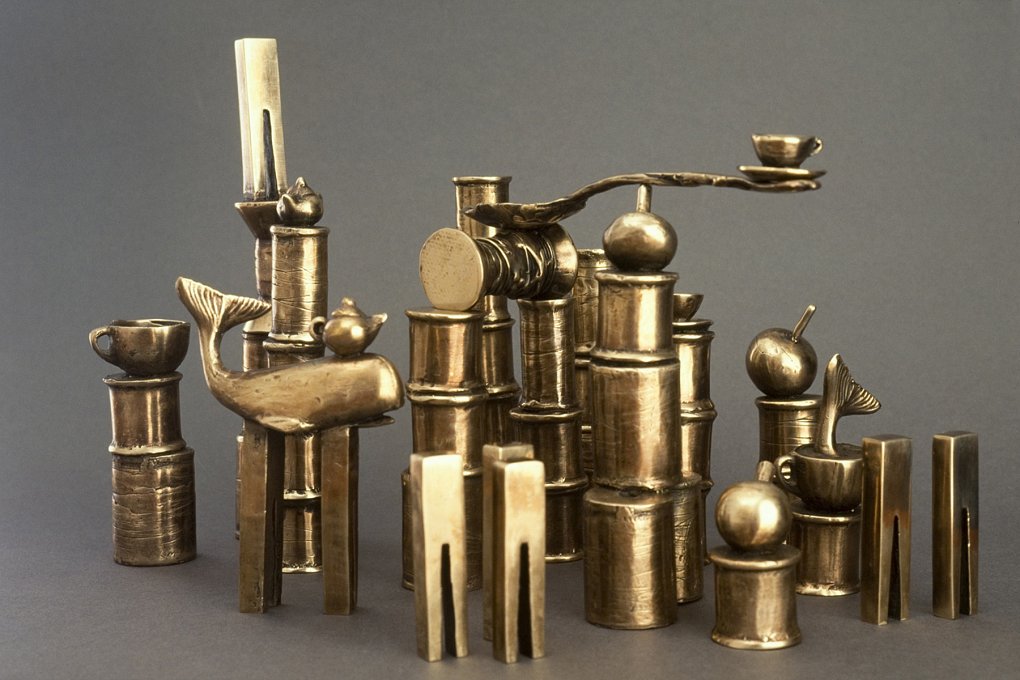
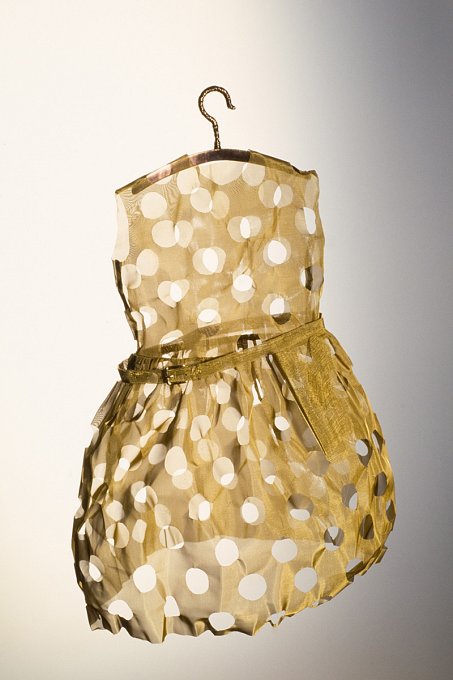
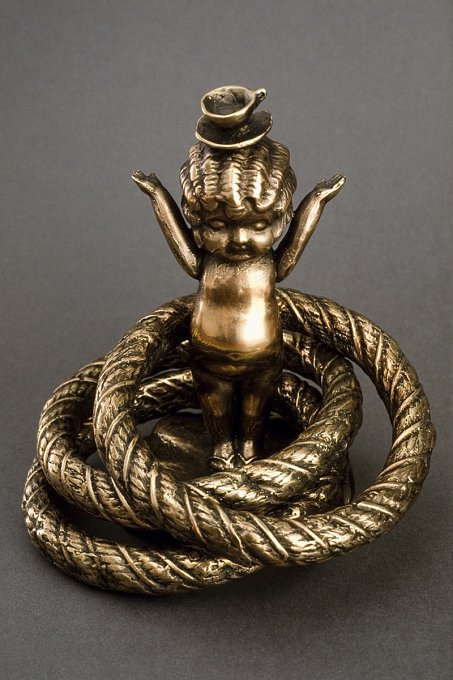
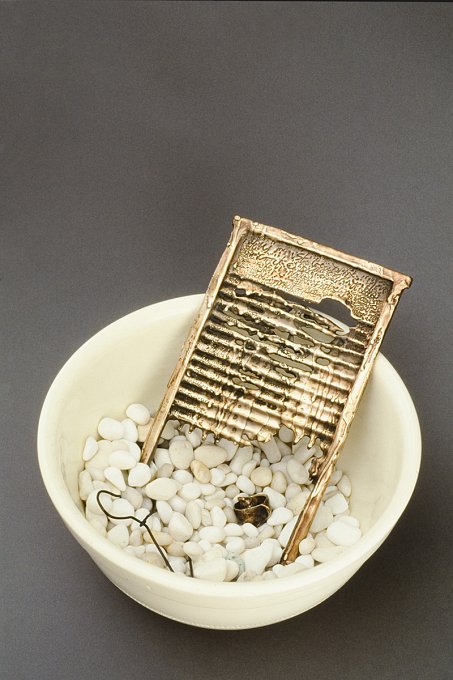
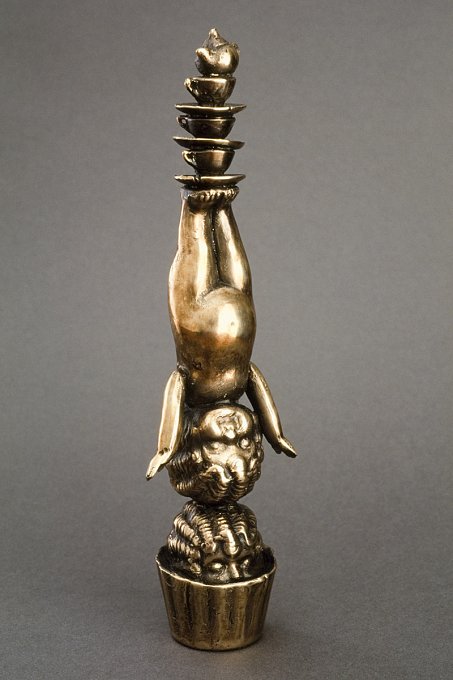
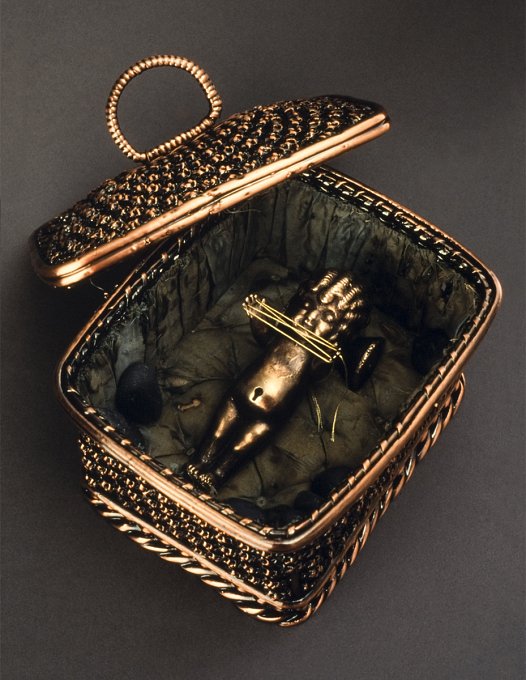
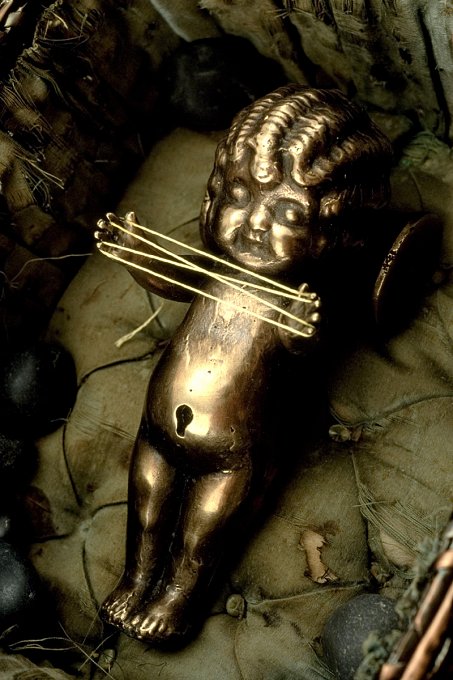
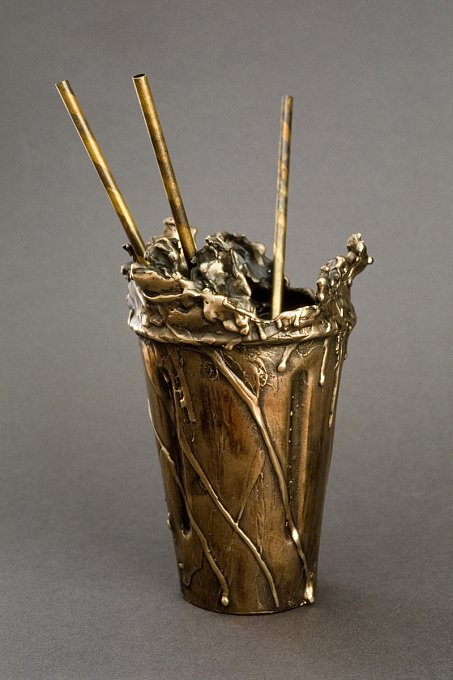
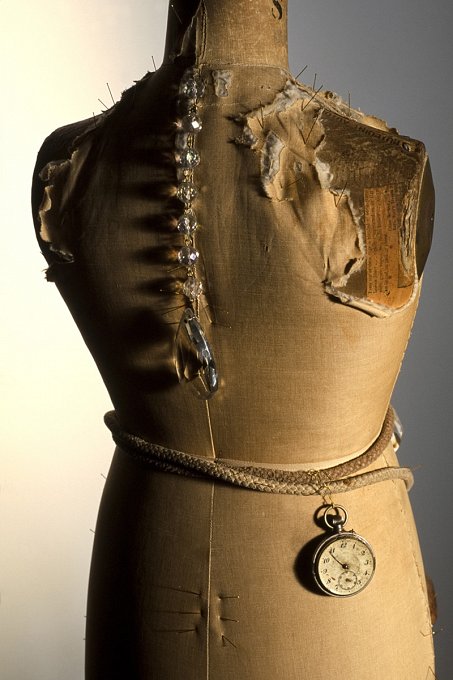
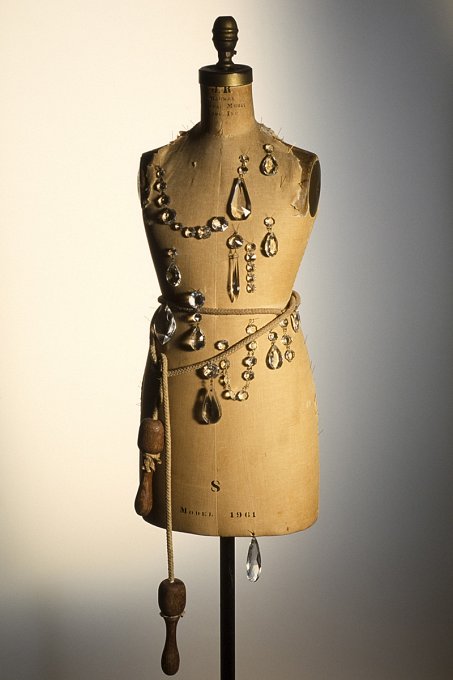
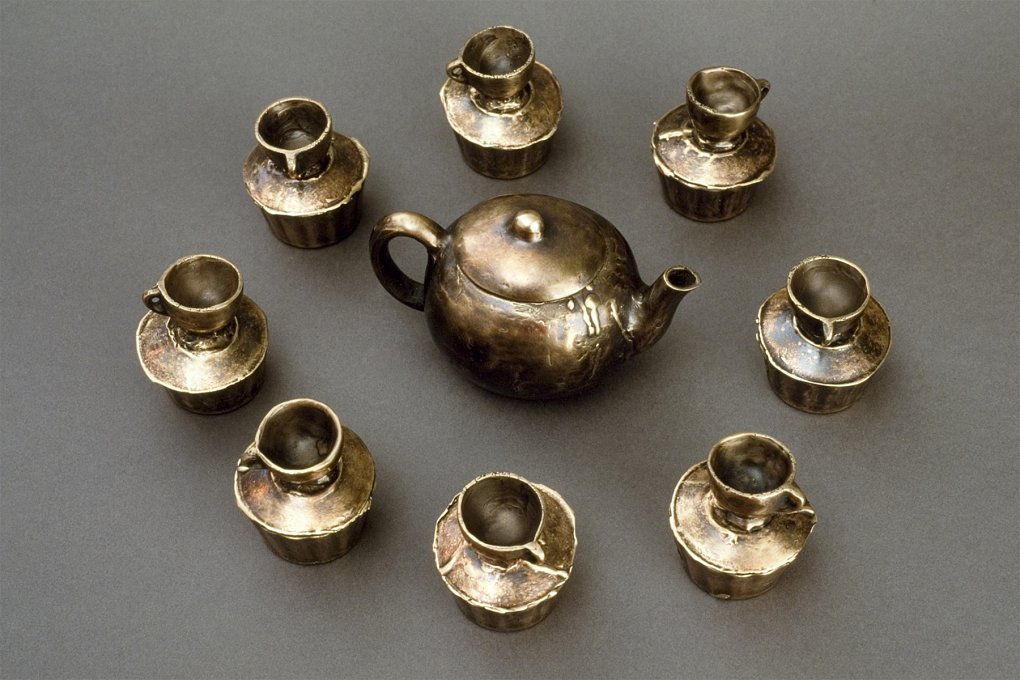
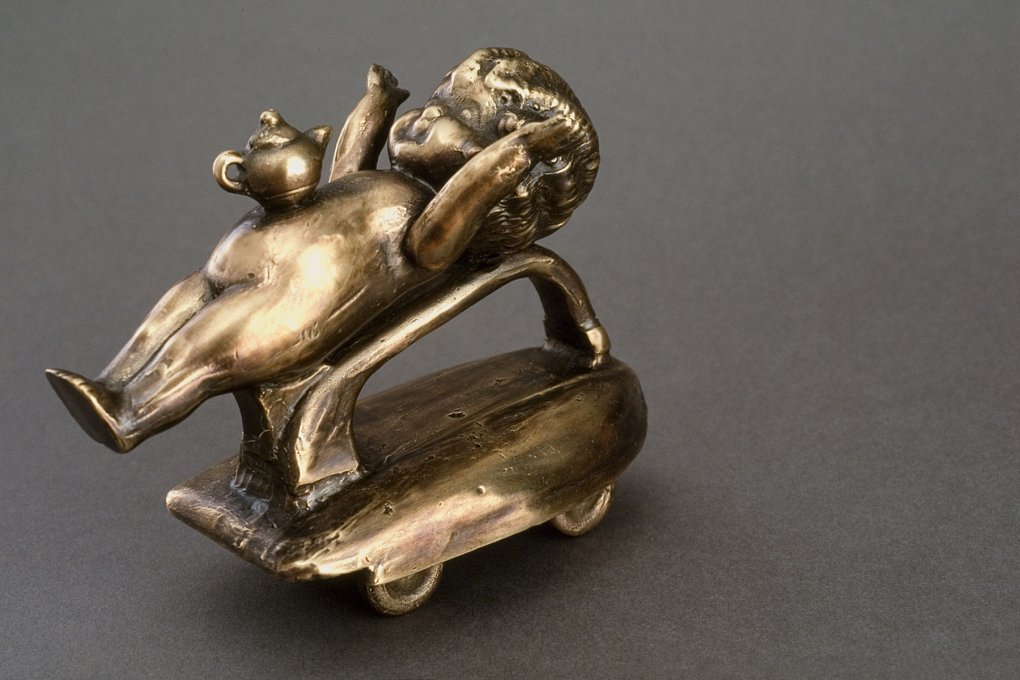
In Search Of Childish Pleasures
Beatty Gallery, Sydney 13/08/2001
"In Search Of Childish Pleasures" explores the concept of gendered memory through the representation of the physical, intellectual and emotional experiences of an 8 year old girl. This is an age when a child begins to imagine a narrative for themselves that is separate from the one they share with their parents.
The sculptural objects in the exhibition represent a dialogue between the 'adult self' remembering the 'child self'. The concept of the search for childish pleasures is represented through remembered experiences, which are enacted using the concept of play and represented through the deployment of objects associated with both the fashioning of the 'feminine' and the 'child'. The experience of nostalgia, the affect of monumentalising and the commemoration of remembered experiences are conveyed through the choice of materials used to create each artwork. They include cast bronze, brass mesh and bronzed objects combined with fabric, pebbles and found objects made from timber.
The the relationship between the mother, as representative of social boundaries and the child is also explored in this body of work. The sculptural objects in the exhibition working through the various changes the child experiences in their relationship with her mother; from dependance, the symbiotic nature of the relationship, to feelings of ambivalence at the mother's power over her, assertions of separation, distancing, rejection, detachment, attachment to the father, and then the re-seeking of the mother.
The construction of memories based on emotions are seen to occur intersubjectively; were we reflect on and define our emotions in relation to another person's response and assessment. In this case it is both the adult remembering the pleasure of play, and the mother's voice re-experienced through the dialogue expressed in the titles of the artwork, which is seen to inform a gendering of memory from the retelling of emotive social experiences.
The titles of the artwork suggest the dialogue between that parent and child. The mother might use these familiar words to promote certain values, hopes, and boundaries for the daughter. Titles such as "Good Girl", indicates the approval given when the child displays responsibility, or "Brave Girl", when she is facing something fearful with courage, while the words "Common Sense" might be used by the mother to hold the child's desire for independence in check. Titles such as "I'm the Queen of the Castle", "Best Friends", and "Knock, Knock" suggest the voice of the child testing their independence.
In the artwork "When I'm Grown Up" the doll is seen as as symbol of hope and possibility, as well as a representative for the child's emotions, just as the child is for the mother. The doll is positioned in the cradle or womb like sewing box, playing cat's cradle, and we are asked to consider what her future might be.
Kendal Murray, 2001.

3m x 39.5cm x 21.5cm

11cm x 37cm x 46cm

3cm x 42cm x 3cm
SHOWS
-
Sydney Contemporary
-
Imagined Worlds
-
In the Smile of a Tree
-
Interconnected
-
Summertime, Pantomime
-
Renewal
-
Material Properties
-
Sydney Contemporary
-
Reflections of a Fading a Sky
-
Afterglow, Adagio
-
Blue Bird, Overheard
-
Show and Tell
-
Between Rhyme and Reason
-
The Collector
-
Flights Of Fancy
-
Stage Whispers
-
Imagining The Self
-
Short Stories and Tall Tales
-
An Enchanted Life
-
Walking Sideways And Smiling
-
In Search Of Childish Pleasures
-
Night Fictions
-
Every Day Dreams
-
Secret Histories
-
She Starts By Removing Her Face
-
Circulatory Pleasures
-
Compulsive Beauty